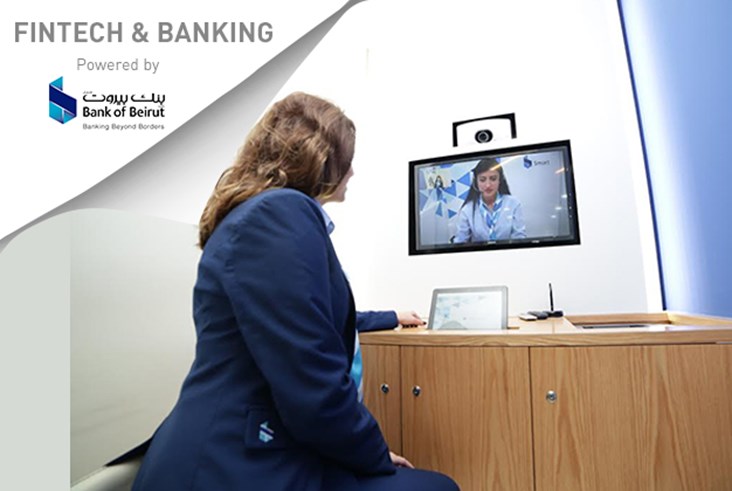
As technology propagates across the world, banks have been placed at a crossroad today, using an outdated and overloaded architecture to push products and services on increasingly demanding and tech-savvy customers.
Digitization promises to automate and improve many banking processes. Yet, it’s not without peril: customer demands and expectations are increasing, and technology is fuelling the emergence of significant new competitors.
Although consumers increasingly prefer to engage with their banks via digital channels, according to a survey conducted by Accenture in the UK, nearly 70% of survey respondents still rely on branches for important financial decisions. Banks need to recognize that branches will not become obsolete in the foreseen future, and that customers still want branches, though they will not utilize them in the same manner, nor as frequently.
Bank of Beirut is moving at a fast pace to transform and meet the expectations of today’s world, particularly of millennials, who expect flexibility and convenience as the status quo. During the past few years, Bank of Beirut has been exploring several products and services to meet the change in cultural shift in customer preferences and expectations, which has lead to quite a few transformations in many parts of the organization and change in functions.
Based on customer centricity, Bank of Beirut launched the Hybrid concept where a customer’s journey is enhanced by a seamlessly and integrated physical and digital experience. Welcome to the phygital world! For banks to truly create a phygital experience, they need to blend and build all their digital services with the traditional analog experiences hence, the convergence between digital services and physical classic banking transactions.
At the Hybrid branch, Bank of Beirut completely transformed the design of the branch to one that feels like a lounge, rather than the classic transactional look of the past. Via the user-friendly interactive innovative tools available at the branch, such as an interactive screen and several digital gadgets, customers can conduct online simulations and apply for loans, cars, and complete all their online banking transactions seamlessly, without feeling like they are starting from scratch.
By understanding that customer-centric omnichannel design is key for innovation in the banking and financial industry, Bank of Beirut is developing progressive user-experiences across all its channels contributing to revenue uplifts and cost reductions.
Latest Business
Intelligence Report














